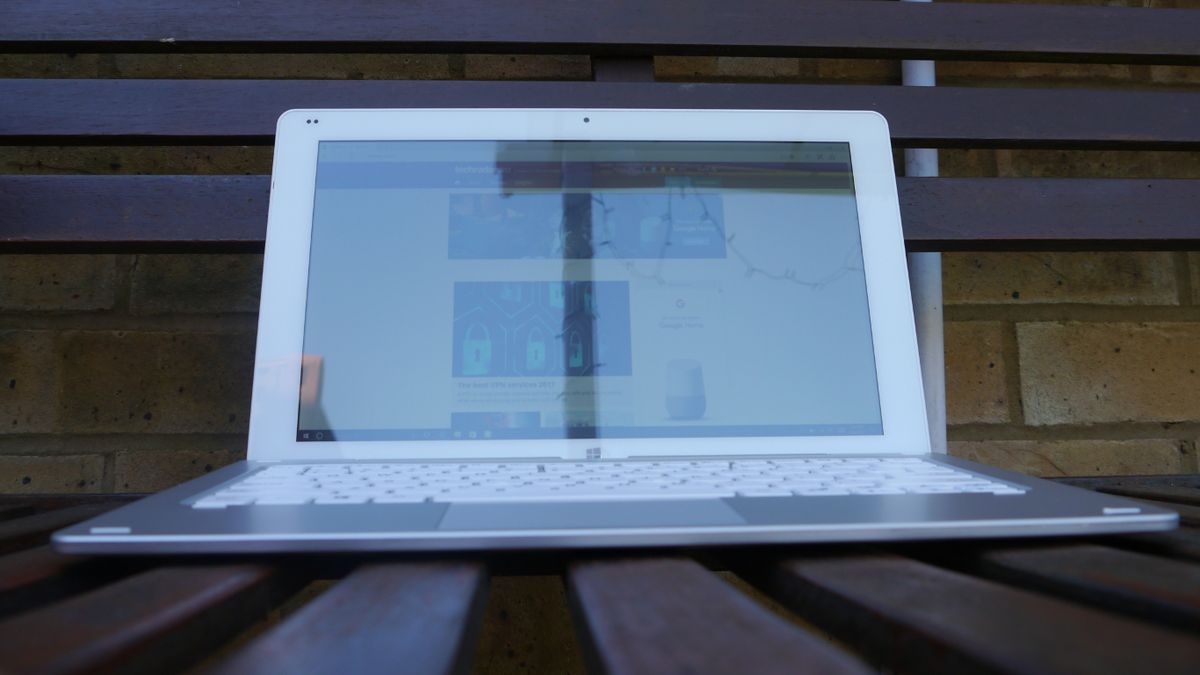Why you can trust TechRadar
In use
The one thing that became apparent quite quickly was the sheer ease with which the tablet can be separated from the keyboard. That means you will need to take extra care in order to avoid a potential accident which could send either section of the device crashing to the floor.
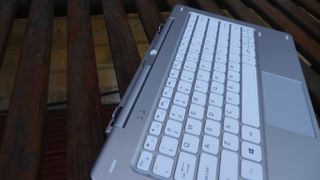
Unsurprisingly, the keyboard and the touchpad are both uninspiring. The latter is smaller than a credit card (83 x 47mm) which means that it is cramped and not ideal for precise manipulation of the cursor.
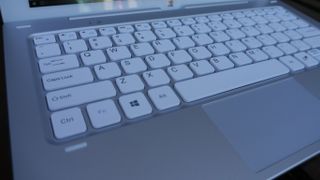
The keyboard has six rows and while the keys are springy with good feedback and decent travel, the function keys are too small for our tastes, and the decision to position the cursor keys very close to other keys (page up and page down) could badly backfire.
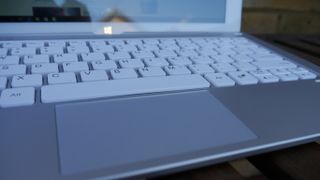
The Cube iWork runs both Windows 10 (and as is the case with so many Chinese vendors, the OS comes already registered) and Android 5.1. While you will be able to update the Windows 10 operating system, it is unlikely, based on past experience, that the Android OS will ever get new firmware.
You can select either OS at startup or swap between them by clicking on the appropriate icon on your Windows or Android desktop.
On the performance front, you shouldn’t expect any miracles as we’ve already noted. The Z8350 that powers this tablet, while better than its predecessor CPU, is still only good enough for light tasks. It posted 66 points on Cinebench’s CPU benchmark, and just under 2,000 points on GeekBench Multi-core, less than half what the Celeron N3450 on the Onda Xiaoma 31 delivered.
The storage subsystem suffered from the fact that it uses eMMC chips, a clear cost-cutting move. It managed 149MBps and 93MBps on CrystalDiskMark read/write tests respectively, and a slightly more respectable 166/107MBps (again, read/write speeds) when benchmarked with Atto.
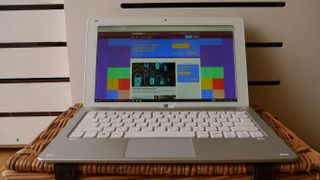
We were equally disappointed by the battery life which struggled to go beyond 4.5 hours (270 minutes) in our standard test which consists of running a count-up YouTube video until the device shuts down. Other than disabling timed system/display sleep modes and putting brightness on 100%, we do not tinker with other variables.
The screen is relatively bright and in line with what we would expect from an IPS display at this price point. Note that since it is a touch display, it is pretty reflective which may or may not frustrate you.
One last thing to note is the fact that the hinge which supports the tablet protrudes downwards and, when you use this device as a notebook in your lap, this presses against your legs in an uncomfortable manner.
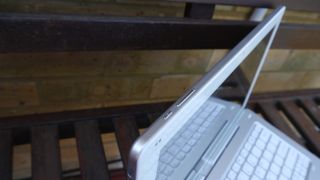
Final verdict
We’ve got mixed feelings about the Cube iWork 1X 2-in-1 Tablet PC. Sure, it is affordable but there are a number of things that could be improved like the battery life and the fact that the Android OS will not be upgraded. Some might also criticise the lack of rear camera – an element that most rivals have included – as well as the absence of a dedicated stylus option.
Overall though, it remains a likable tablet, and one that doesn’t have a lot of competitors at the moment. The only two that come to mind are the Teclast TBook 10S which can be purchased for about £120 (around $150) and has the same set of features bar a smaller 10.1-inch display, and there’s also Cube’s own iWork 10.
Others, like the Jumper EZPad 4S Pro or the Onda oBook 11 Plus are either more expensive or offer an inferior feature set. If you want to buy in the UK, the Asus Transformer T100HA is the nearest alternative but is far more expensive and sports an HD display.
- Are you better off waiting for the Surface Pro 5?

Désiré has been musing and writing about technology during a career spanning four decades. He dabbled in website builders and web hosting when DHTML and frames were in vogue and started narrating about the impact of technology on society just before the start of the Y2K hysteria at the turn of the last millennium.
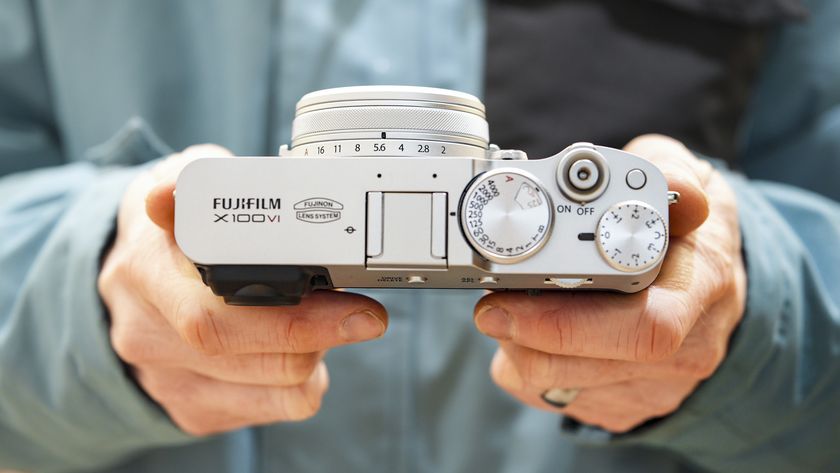
I review all the best camera phones, but I think Samsung and Apple should just copy the Fujifilm X100VI already
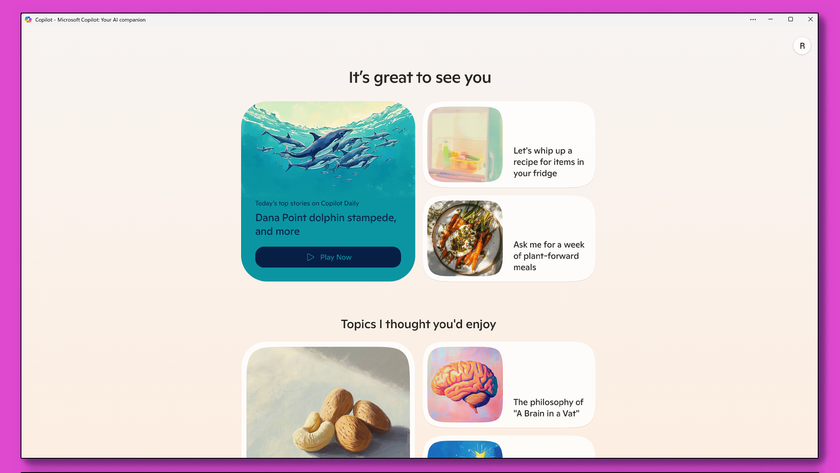
I tried Microsoft Copilot's iOS app, and here are 3 reasons why you should too

SpaceX and Apple reported spat could spell bad news for Starlink and your iPhone’s satellite communication features
